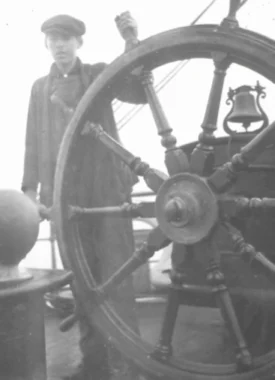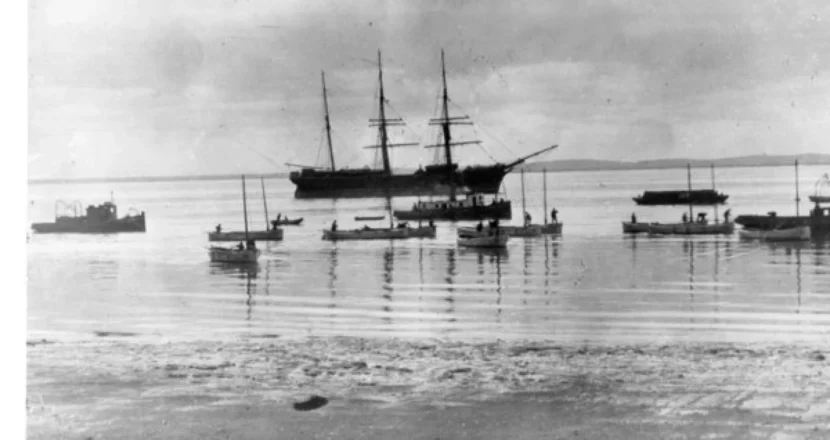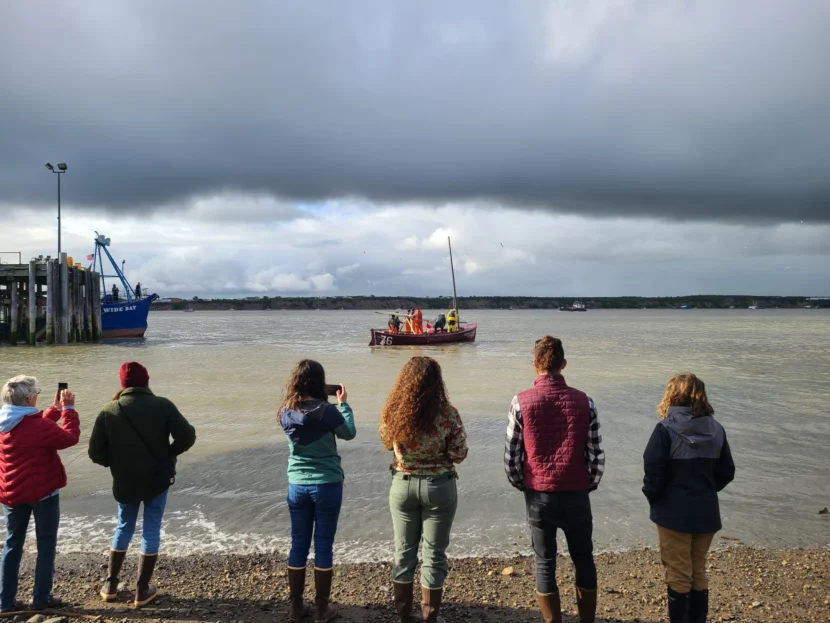For State Historian and Deputy State Historic Preservation Officer Katie Ringsmuth, Alaska is linked to maritime history – a history dating back thousands of years to when Asia and North America were connected by Beringia.
“So much of Alaska history really is under the umbrella of maritime history,” she said.
The Alaska Maritime Heritage Preservation Program from the state’s Department of Natural Resources is seeking to preserve some of that history. Ringsmuth said the program received federal funds and is now regranting those funds to communities across the state.
“This program helps to preserve maritime resources, whether it’s buildings or whether it’s more educational [activites],” Ringsmuth said. “Really, it’s about helping to remind the rest of the country how important Alaska is in defining its maritime north.”
In total, the program is funding fifteen projects with the grant money. It aims to have most of the projects complete by June of 2025. The program’s website states that these projects were chosen based on grant criteria from the National Park Service.

$48,000 will go toward two projects in Bristol Bay. The region has nearly 140 years of commercial fishing history.
The larger of the two grants, totaling $38,000, will support sailing a restored double-ender sailboat from Naknek to Dillingham. This funding is split between the Bristol Bay Heritage Land Trust — a conservation group — and the Bristol Bay Historical Society.
Tim Troll, the Heritage Land Trust’s executive director said the grant funds phase two of the sailboat’s journey. In 2022, the organizations restored the boat and a crew sailed it from Homer to Naknek to commemorate the end of the commercial fishery’s sailboat days. Until 1951, the fishery only allowed sailboats. With the introduction of engine- powered boats however, Troll said that the double enders were quickly retired.
“We’d also like to take [the boat] over to Dillingham which is where the Bristol Bay commercial fishery got started in the Nushagak Bay back in 1884. So that seems appropriate to get the boat over there so people can see it and get in it and sail with it,” he said.
Troll said the aim is to get the boat on its journey to Dillingham by this summer. It takes roughly a day’s journey to sail there, he said, depending on the winds and tides.
The Bristol Bay Heritage Land Trust won the smaller grant, $10,000, as well. The money will fund a project to compile and digitize a historic account from Axel Widerstrom who took photographs as he traveled from San Francisco to Bristol Bay on his father’s ship.
“He was a young man in 1919. His father was the captain of the Star of France, one of the great Star [Fleet] ships [of the Alaska Packers’ Association], and he had a camera with him,” Troll said.
Troll said that Widerstrom completed taped interviews in 1976 that ended up in the National Maritime Museum in San Francisco. The tapes are gone, he said, but the grant money will give the opportunity to travel to California to collect the transcripts and photographs and to digitize them.

Troll said he thinks creating a record is relevant, as many families in the region have ancestors who came up on ships like the Star of France.
State Historian Katie Ringsmuth said she thinks it’s important to keep providing communities with the funds they need to protect their maritime history.
“This allows at least some money to go into communities so they can help preserve those resources, study them and interpret them and share them with the rest of the public,” she said.
She said she hopes the success of this year’s projects will lead to more grants that the program can distribute, so communities can continue to preserve their maritime heritage – from Indigenous technology to historic canneries.






